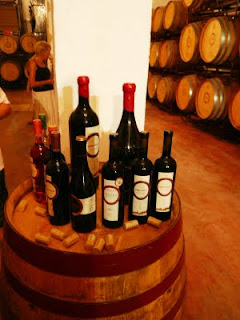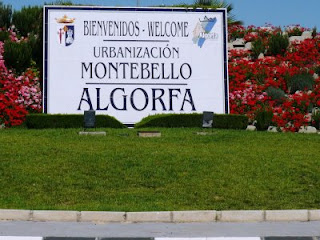 Outdoor temperatures have been in the single digits Celsius. That's in the 30s, Fahrenheit. I finally got out all my winter clothes, and I wore as many of them at one time as I could get over each other--four layers being about as many as I could fit. It may not have been as bad as it seemed, except for the fact that we had had the warmest November in 140 years. Then again, I think it was as bad as it could get, though not the outdoor part.
Outdoor temperatures have been in the single digits Celsius. That's in the 30s, Fahrenheit. I finally got out all my winter clothes, and I wore as many of them at one time as I could get over each other--four layers being about as many as I could fit. It may not have been as bad as it seemed, except for the fact that we had had the warmest November in 140 years. Then again, I think it was as bad as it could get, though not the outdoor part.In a land where central heat and thermalpane windows are virtually unknown, long-term cold seeps into the houses, and it stays there, right on top of the beautiful ceramic tile flooring and marble stairways. We got out all the area rugs we could find--even the ugly ones--and we bought a large new carpet that almost covers the living room floor. We wheeled in a small portable electric radiator and turned on the electric wall air conditioner/heater in the adjoining dining room so we could sit, huddled in blankets, while watching reports from the global warming energy summit in Copenhagen. My upstairs office has the only other portable electric heater in the house, though we occasionally moved it to the bathroom during shower time. I went to bed early and read under the warm down comforter, my feet encased in down slipper boots, and moaned when I had to take one hand out from under the comforter to turn pages. I refused to get up in the morning until the wall heater had been on for a half hour. My neighbor told me that she was going to bed and not getting up until March!
In desperation, we went to the Ambifuego store and made a purchase that we had been hoping to put off until we had been in the house for a year. We ordered a propane-fueled fireplace insert that "burns" fake charcoal. In this season of miracles, they told us that they could install it in just a week--on December 24. As I write, the installation man is fitting the wires to the propane bottles, and I expect soon to be called downstairs for lessons in how to work this heater.
Of course, the weather finally broke, and yesterday was in the balmy 60s F. We take full credit. If we hadn't made this major purchase now, I am convinced, the weather would have stayed cold for months. It just goes to show, you do have to throw some money at the problem to get a better indoor climate. I'm glad to have an alternative to using so much electricity, but I'm even more glad just to get warm again.













